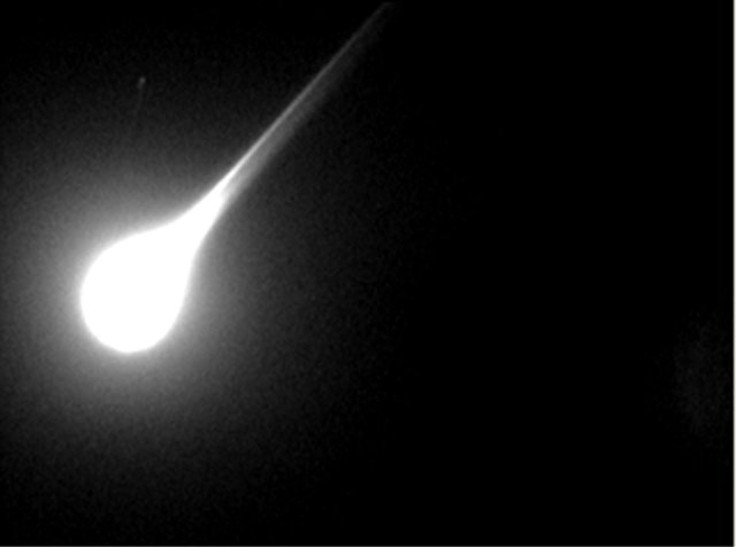Fireball Over Australia Caused By Rare Minimoon Meteor, Researchers Say

Researchers believe that the fireball event that previously occurred in Australia was caused by a meteor classified as a minimoon. The researchers consider the incident as a rare event because the last time a minimoon appeared near Earth was in 2006.
In a new study published in the Astronomical Journal, researchers unveiled the details of a fireball that streaked over a desert in Australia on Aug. 22, 2016. The object, which has been identified as a meteor, was named as DN160822_03.
The fireball created by the meteor was caught by cameras all over Australia that were installed to capture fireball events. After studying data on DN160822_03, the researchers concluded that it was not an ordinary meteor.
After analyzing its, trajectory, the researchers noted that the meteor was a minimoon. In astronomy, minimoons are cosmic objects that get pulled by Earth’s gravity into its orbit. This means that before hitting Earth or getting thrown back into space, the object orbits around the planet first like a natural satellite. Due to the nature of minimoons, they are formally referred to as temporarily captured orbiters (TCO)
According to the researchers, DN160822_03 circled around the planet first before going through Earth’s atmosphere and burning up over Australia. Since these objects orbit Earth first, the researchers pointed out that they can serve as the main targets of various missions involving space rocks.
Since minimoons are very close to Earth, agencies will no longer have to travel deep into space to carry out missions.
“TCOs are a crucially important subpopulation of near-Earth objects to understand because they are the easiest targets for future sample-return, redirection, or asteroid mining missions,” the researchers stated in the abstract of their study.
The appearance of DN160822_03 is only the second time that a minimoon was spotted. The first incident occurred in 2006 after astronomers saw an object known as 2006 RH12 orbiting Earth. According to reports, the space rock circled Earth for about 11 months.
Unlike DN160822_03, 2006 RH12 did not hit Earth or went through its atmosphere. Instead, it was able to break free from Earth’s gravitational pull and was hurled back into space.
© Copyright IBTimes 2024. All rights reserved.





















